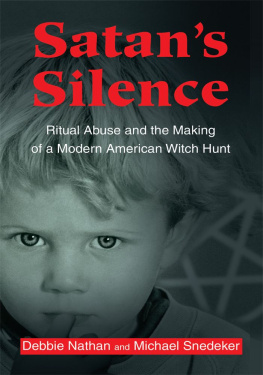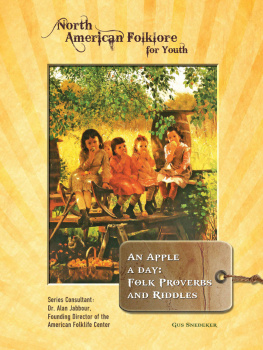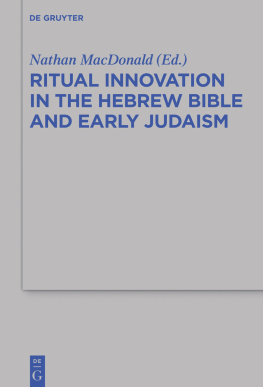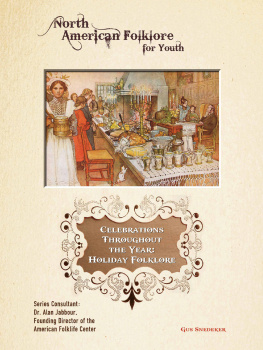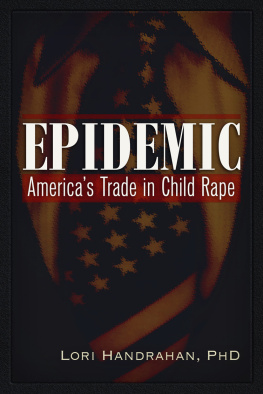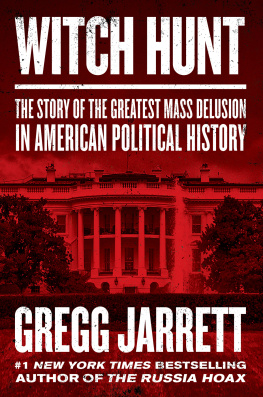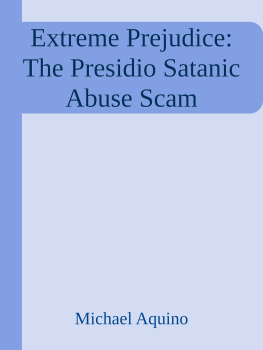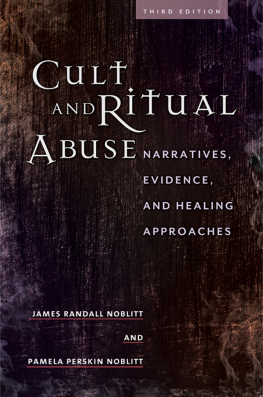Satans Silence
RITUAL ABUSE AND THE MAKING OF A MODERN AMERICAN WITCH HUNT
Debbie Nathan and Michael Snedeker
Authors Choice Press
San Jose New York Lincoln Shanghai
Satans Silence
Ritual Abuse and the Making of a Modern American Witch Hunt
All Rights Reserved 1995, 2001 by Debbie Nathan and Michael Snedeker
No part of this book may be reproduced or transmitted in any form or by any means, graphic, electronic, or mechanical, including photocopying, recording, taping, or by any information storage or retrieval system, without the permission in writing from the publisher.
Authors Choice Press an imprint of iUniverse.com, Inc.
For information address:
iUniverse.com, Inc.
5220 S 16th, Ste. 200
Lincoln, NE 68512
www.iuniverse.com
Originally published by Basic Books
ISBN: 0-595-18955-5
ISBN: 978-1-4759-2301-8 (ebook)
Contents
Writing this book has been hard for us. There was a time when publicly expressing skepticism about small children being ceremonially raped and tortured by organized groups was, as one journalist put it, practically an indictable stance. We can testify to this: in the late 1980s, one of us had the police at her door, on a maliciously false report of child maltreatment, after publishing an article suggesting the innocence of a day-care teacher convicted of ritual abuse.
Several years later, the national mood has changed. Doubting is easy now and, for many of the people we knowespecially lawyers and journalistseven fashionable. Both of us have been lauded for our early skepticism, praised for helping free innocent prisoners, and asked how we were able to remain clearheaded when so many others didnt.
For people not caught up in a hysteria, it is easy to demonstrate its absurdity. What is hard is to appreciate its sense, to recognize how a social panic works for peoplepeople who may not be very different from the skeptics who deride them. Because our backgrounds have pushed us toward this understanding but also repelled us from it, readers should know how each author developed an interest in the issue of ritual child abuse.
One of us, Debbie Nathan, is a freelance journalist who first learned of ritual sex-abuse accusations in 1984 while holding her two-year-old daughter in a rocking chair. A radio newscaster announced that elderly women at a prestigious preschool in Los Angeles had spent years making pornographic pictures of their students while terrorizing them into silence by mutilating their pets. As I listened, I looked at my napping child and felt the kind of twinge you get when you hear about a serial killing in another state, or an act of terrorism in a foreign country. I shook my head at the worlds perversity, rocked the chair harder, and put the news out of my mind.
Two years later, I took it up again. A case had just broken in El Paso, Texas, where I live. There, two women had been judged guilty of the same grotesque crimes the McMartin teachers had been charged with. The Texas women were the first female workers at a public child-care institution to be convicted, and parents all over the city had grown terrified of day care. I had followed the trials only superficially, but decided to look into them now.
With a preschooler in my life, and plenty of time to interact with her and her friends thanks to my husbands well-paying job, I had an idea of how young children act when they are hurt, what their faces look like when they are anxious and frightened, the way they act when they try to keep secrets, the delight they take in talking scatologically, the disconcerting phobias they suddenly develop about foods they formerly loved, beds they once thought safe from monsters, and habitssuch as napsthat they used to indulge in happily. At the same time, I was painfully aware of my own feelings about leaving my child in public care so that 1 could write: the guilt I experienced when she would occasionally grab me as I left the preschool and beg me not to leave, the vertigo when she complained one day that the male owner of her day-care center had hurt her. It turned out that he had too enthusiastically hoisted her up by her underarms, inadvertently pinching them. But until I got these details, I felt completely off-balance, ready to believe the worst.
My experience with my daughter and my perspective on my conflicts about working guided me during the eight months I investigated the case in El Paso. Poring through records, I found no evidence to support the accusations, except for parents and professionals panicked ruminations on youngsters behavior that sounded normal to meand kids halting, confused answers given during interviews to questions that were so leading that they were bound to produce frightening fantasies and even serious emotional disturbance in the children.
It dawned on me that the convicted teachers were completely innocent, and I was horror-struck to think that they were in prison and that no one, least of all the local media, seemed to think there was anything irregular about the situation. The womens fate seemed to me a serious issue, not just for civil libertarians but also for feminists concerned with fears about public day care, female labor-force participation, childrens normal sexuality, and, perhaps most dramatically, the tendency to demonize women for these social anxieties.
Belief in ritual abuse was so esconced that one could hardly discuss its cultural and political implications, since to do so, one first had to show that the accused were innocent. This was the task I faced in the late 1980s as I tried to publicize the criminological and legal truths of the cases. That, and freeing people from prison, became the practical and moral center of my writing about several other cases, including those of Kelly Michaels in New Jersey, Francisco Fuster in the Miami area, and a group of Puerto Rican and African-American day-care personnel convicted in the Bronx.
The other author, Michael Snedeker, is a lawyer who represents convicted felons on appeal. In 1986, after taking two years off to travel and write, I called around to the courts in California and asked for cases. The Court of Appeal in Fresno mailed me a truckload of transcripts, the bulk of which were records of two Kern County cases. While appellate attorneys customarily defend felons who are guilty of at least some of the offenses for which they were judged guilty, in the cases that comprise the heart of this book, the defendants were accusedand often convictedof crimes that never happened at all. Working on their cases has given me ample opportunity to demonstrate this. But even while I tried to free my clients from prison, I was troubled by questions that carried me beyond my role as a defense lawyer.
In particular, I wondered how and why children could come to make the foulest of accusations when the charges are not true. As my work proceeded, it became clear to me that youngsters were not the sources of the accusations, or even of much of the testimony. My question then became, Why was confirmation of these horrible narratives so avidly sought, not only by professionals whose careers came to include the task of unearthing satanic ritual abuse but even by the childrens parents? And why were so many peopleincluding me, when my only acquaintance with these cases was via the mediaso quick to overlook the improbabilities, so ready to believe?
The legal work and journalism we did before we wrote this book helped overturn convictions in several ritual-abuse cases, including those in El Paso and Kern County. We became the confidants of a population who emerged from prisons anguished and mystified about the wreckage made of their lives. We could have written a book about these twentieth-century Jobs, but we were not as interested in the accused as in their accusers. What reasons did they have for doing what they did? What did they share with those of us who like to think we could never fall prey to moral panic?
Next page
